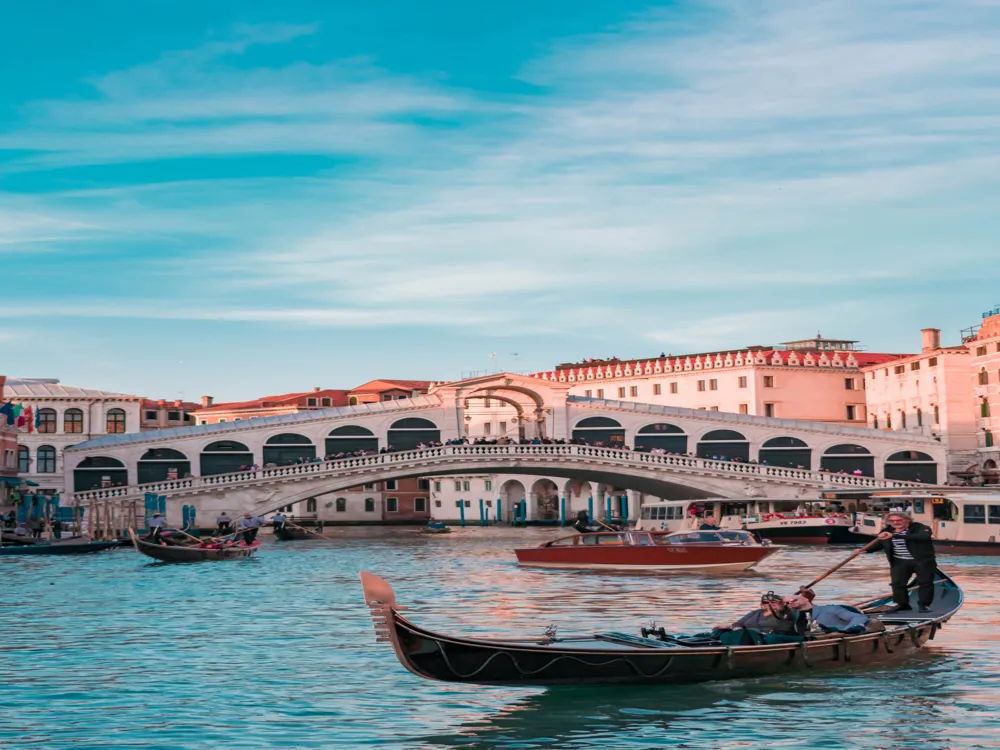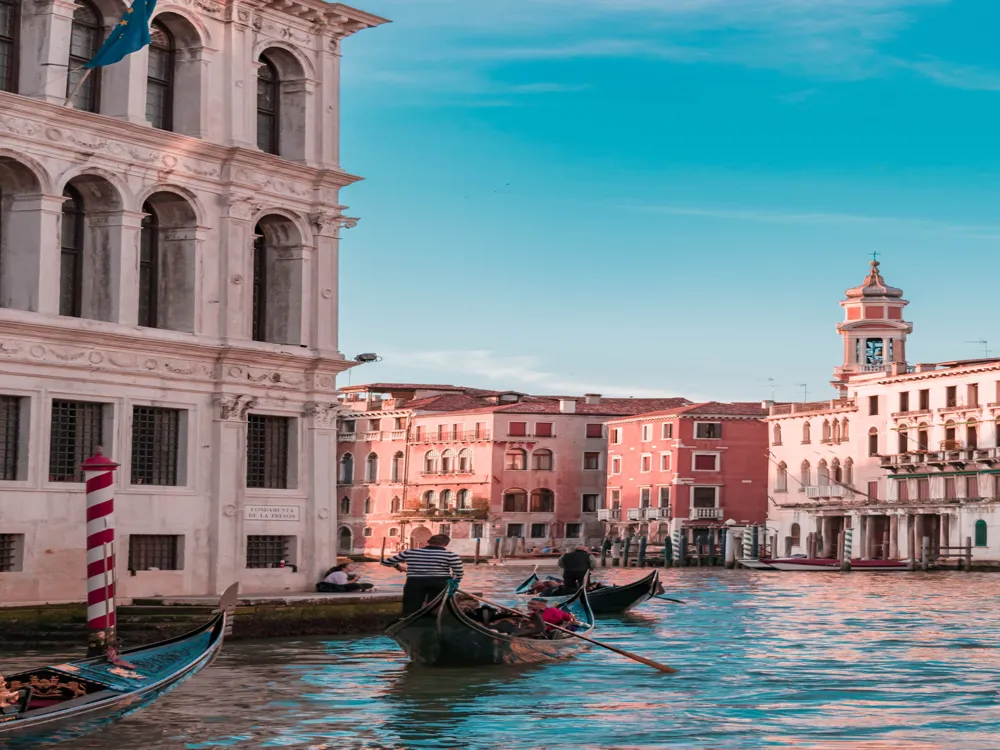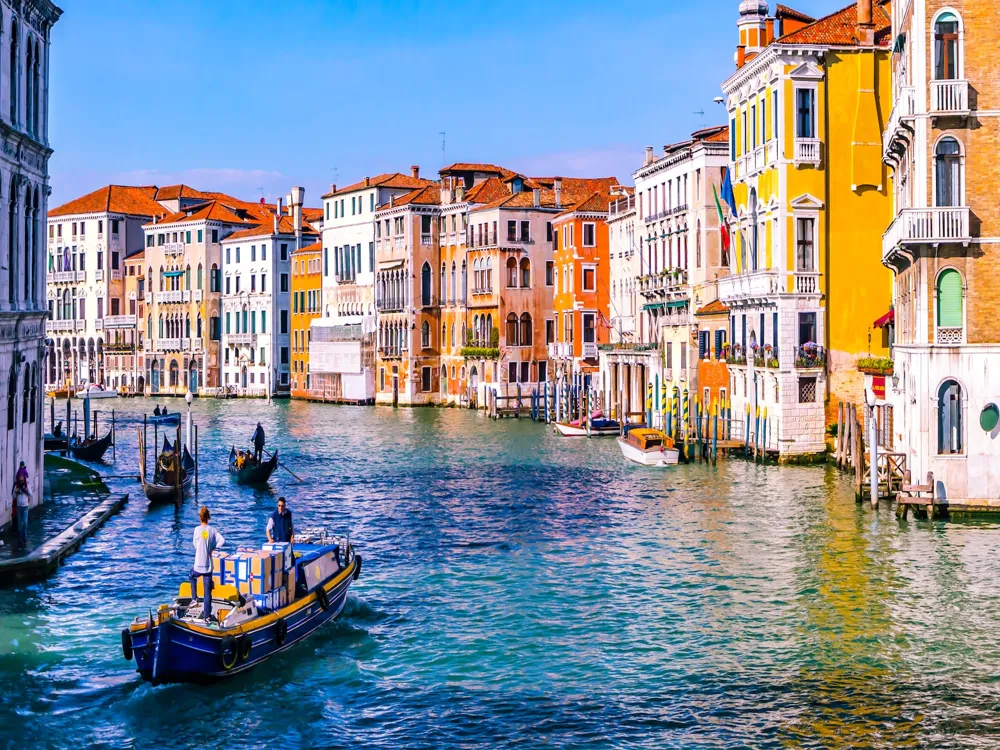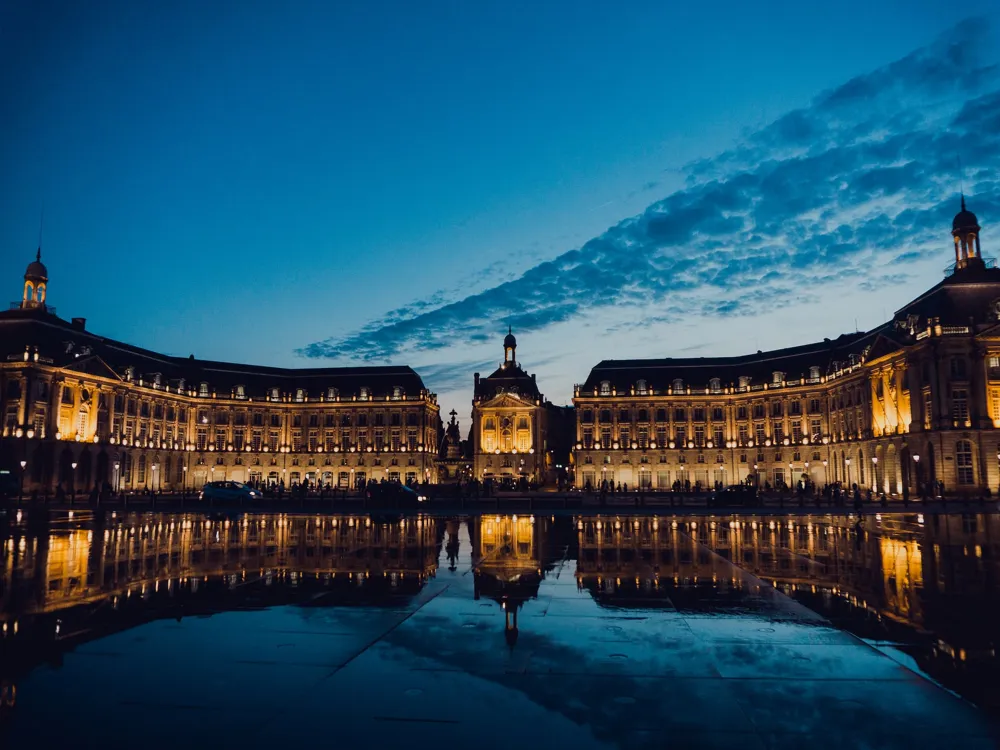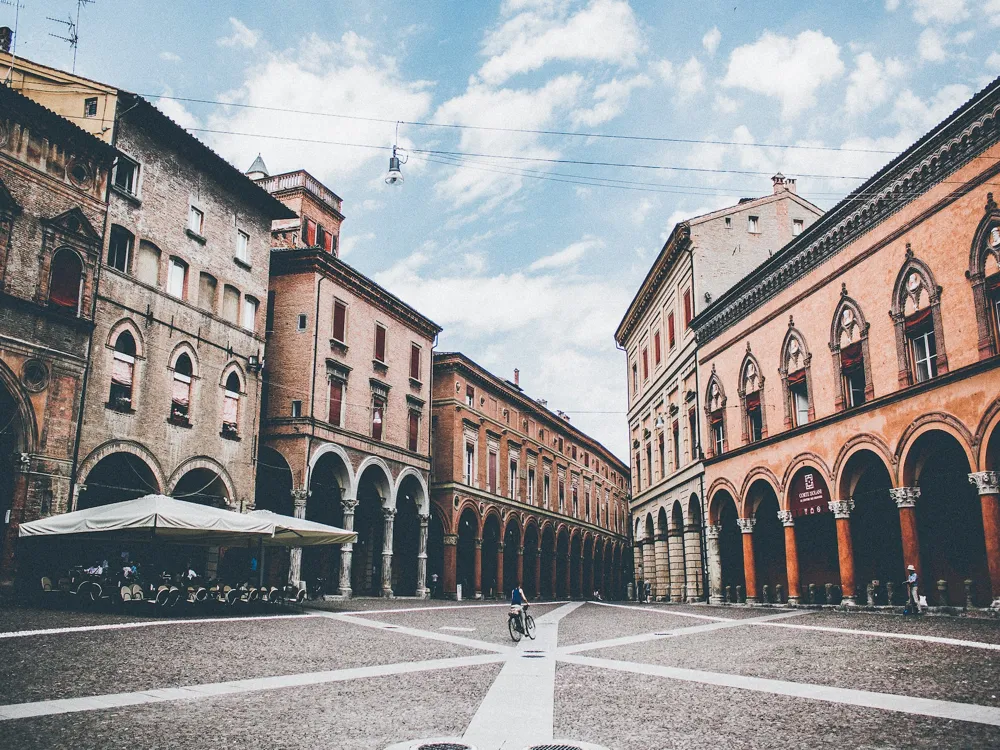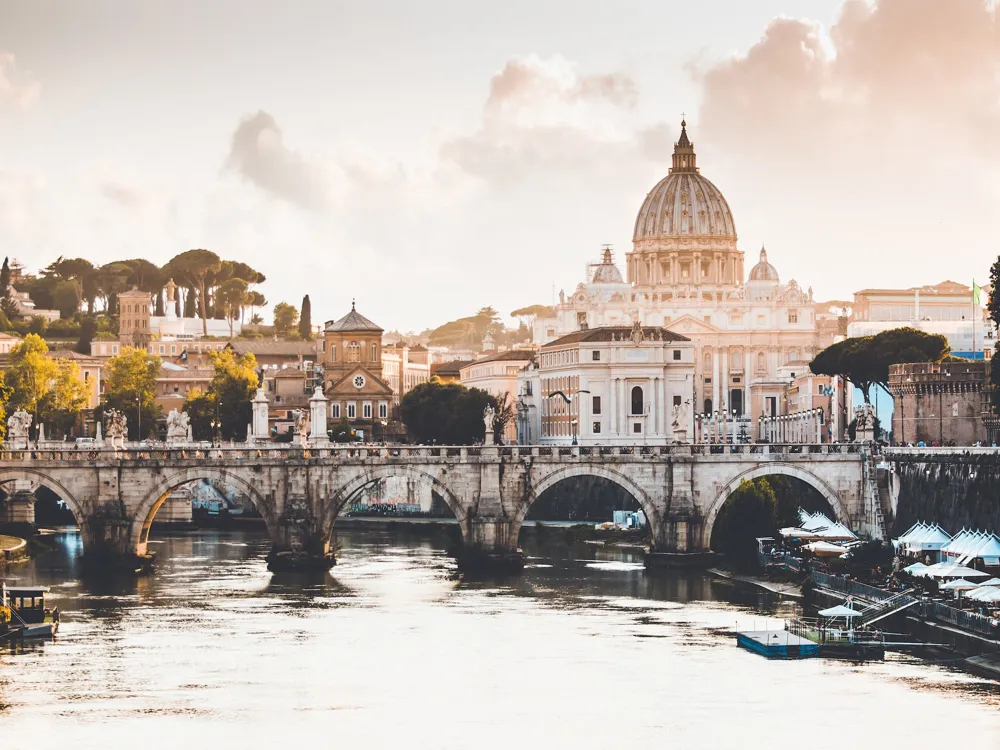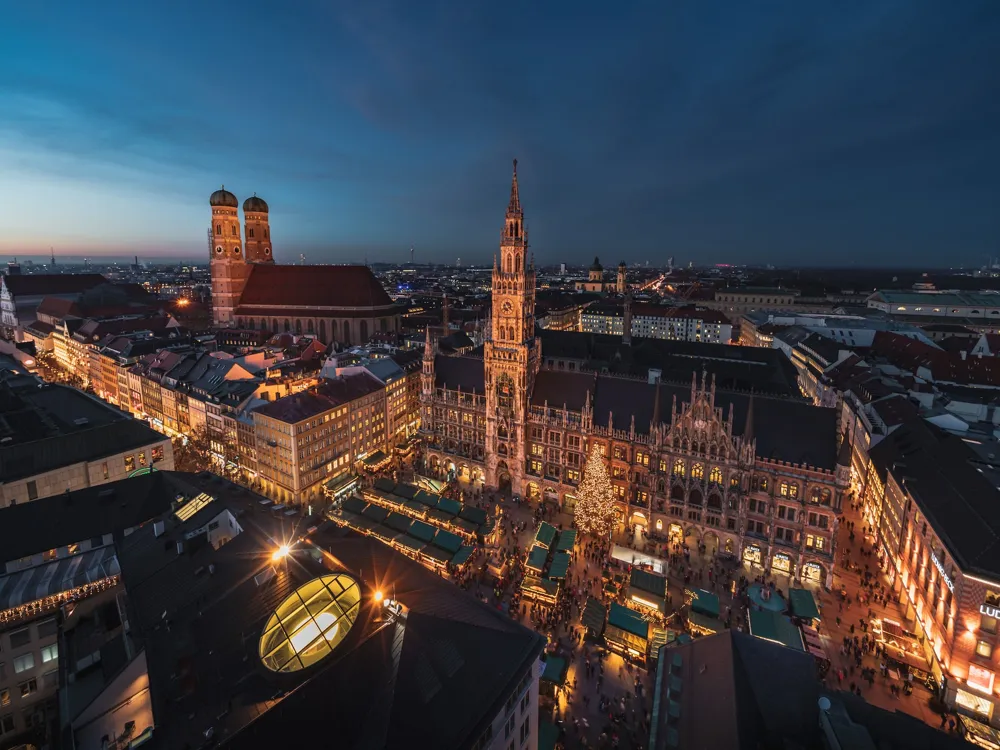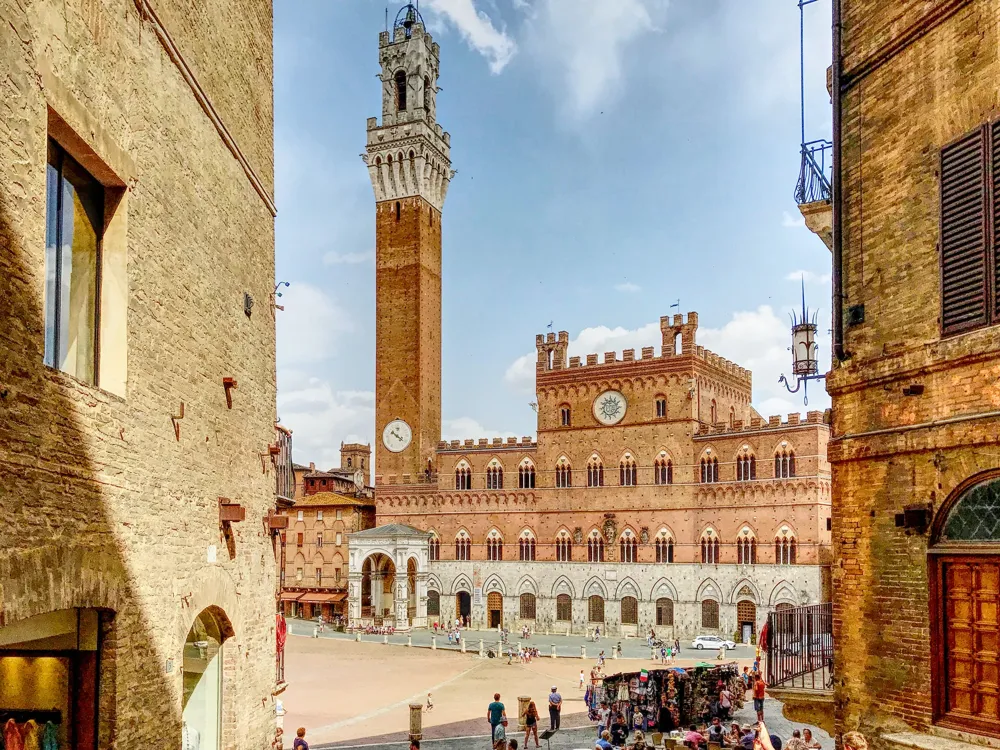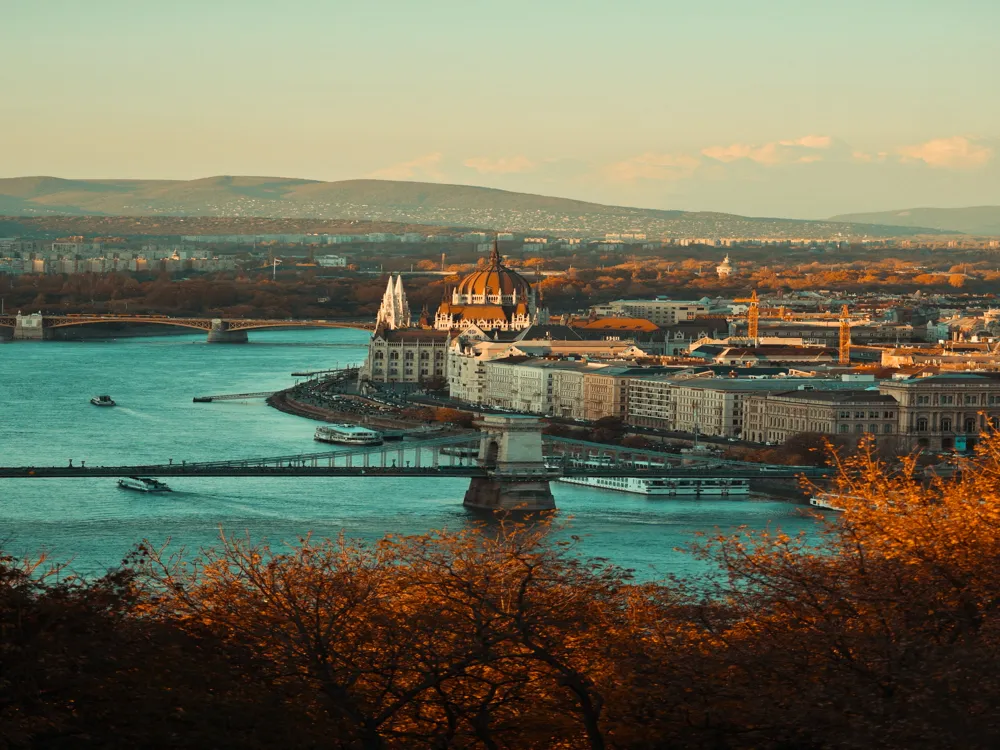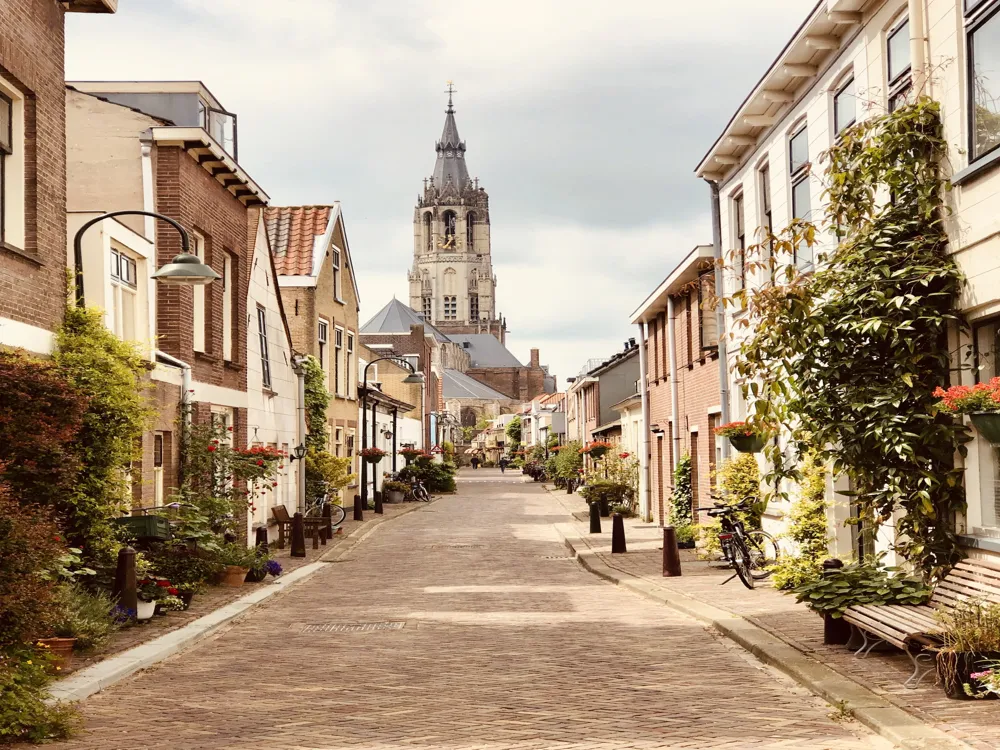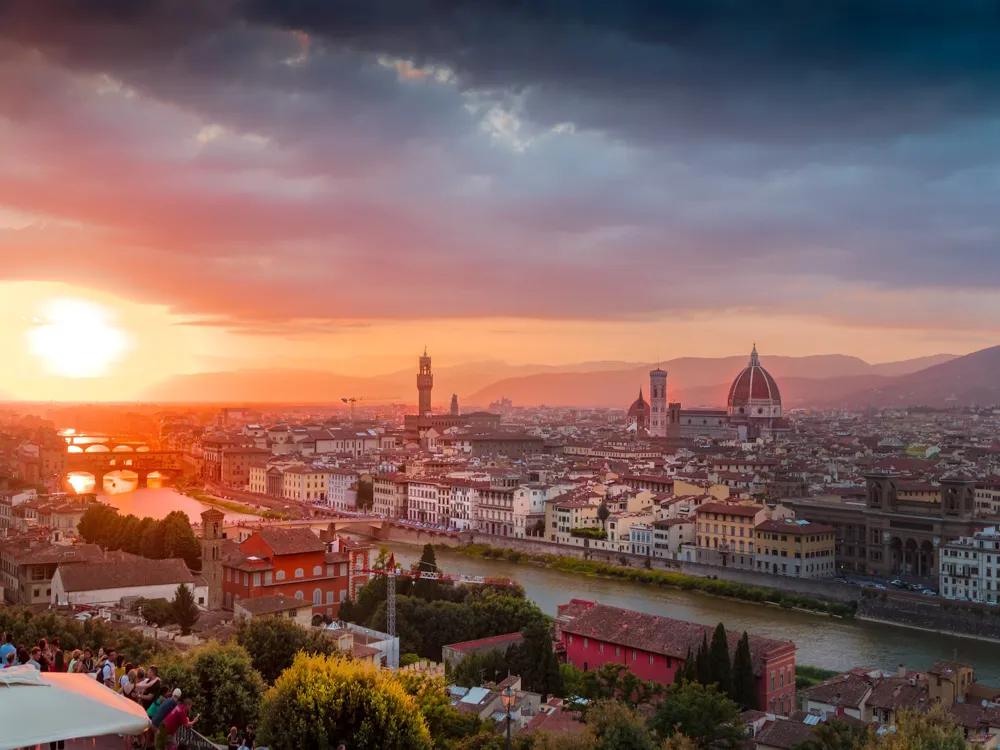Plan Your Travel To Venice
Places To Visit In Venice
Ca' Pesaro
The Ca' Pesaro — International Gallery of Modern Art — is a baroque marble palace turned museum in Santa Croce, Venice. Some well-known masterpieces showcased here include Klimt's Judith Ⅱ, Chagall's Rabbi of Vitebsk, and works by Kandinsky, Klee, Moore and others.
The artworks of a broad spectrum of modern artists from the 19th and 20th centuries have contributed to making this museum an essential part of Venice's culture and history. In addition, on the palace's third floor is the Oriental Art Museum which houses a collection of traditional Japanese and some Chinese and Islamic antiquity.The Ca' Pesaro palace was designed by the famed Venetian architect Baldassarre Longhena for the aristocratic Pesaro family in the 17th century. After the death of the last member of the Pesaro family in 1830, the museum was acquired and exchanged multiple times. Finally, Duchess Felicita Bevilacqua La Masa donated it to the city in 1898, and it became a Modern Art Museum. Frescoes by twentieth-century artists like Boccioni, De Pisis, Sironi, Morandi, De Chirico and Burri can be seen on the museum's interior. In addition, a part of the Ca' Pesaro is dedicated to photographs and over 6000 films.
Read More
Campanile di San Marco
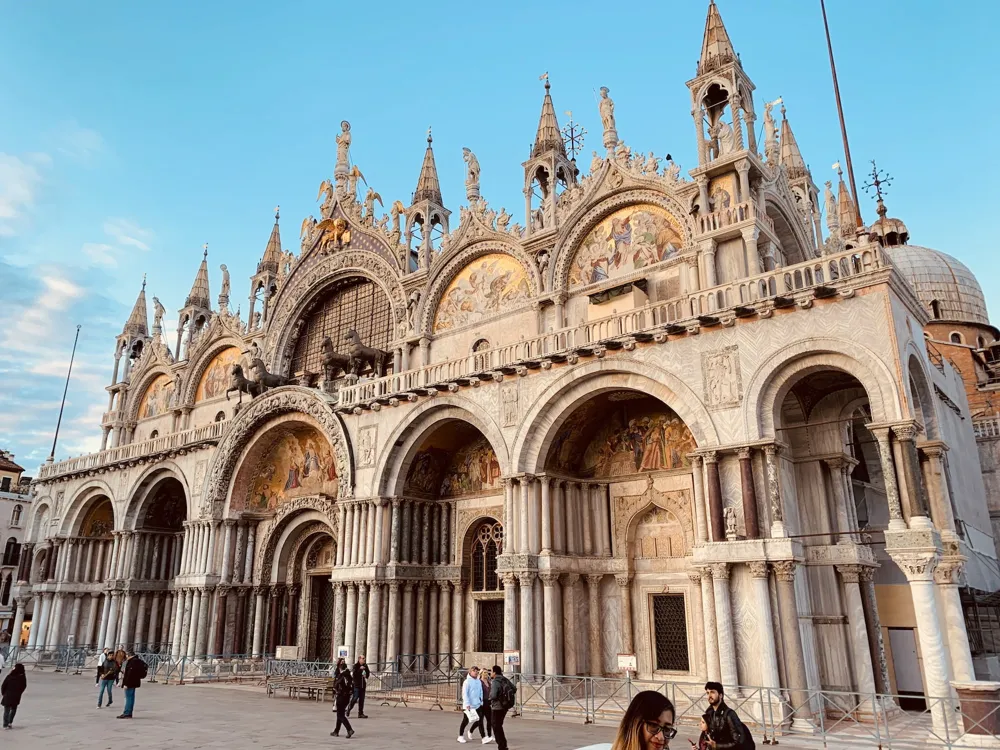
The Campanile di San Marco is the bell tower of St. Mark’s Basilica in Piazza San Marco, Venice. With its height of 99 metres, it is the tallest building in Venice. At such an elevation, you will get some of the most spectacular views of the city and the lagoon. A massive bronze bell is present at the top.
Originally, this bell tower was built as a lighthouse. Over the years, it was converted into a campanile. It has been reconstructed many times due to damage caused by lightning strikes. The tower last collapsed in 1902. It took 10 years to rebuild; out of five bells, only the Marangoni survived the collapse and was again placed at the top of the building. The other four were remade and added shortly after. Tourists can reach the top of the tower via a lift.
Read More
Church of Madonna dell’Orto
The Church of Madonna dell’Orto is located in the sestiere of Cannaregio. This is the burial site of Venetian Renaissance painter Tintoretto, and showacases three of his most exceptional works - Presentation of the Virgin in the Temple, Judgement Day and Adoration of the Golden Calf.
The Church of Madonna dell’Orto, which translates to ‘Madonna of the Vegetable Garden’, was built in 1350 and has beautiful Goth architecture. It was constructed by order of the ‘Umiliati’, but they were banned, and today, the church is assigned to “Padri della congregazione di San Giuseppe” of San Leonardo Murialdo. Tintoretto’s memorial stone is to the right of the altar in the chapel. His paintings can be found here, along with those of Antonio Rizzo, Cima di Conegliano and others. In an unfortunate incident, a painting by Giovanni Bellini, Virgin and Child, was stolen in 1993. The church also has a 56m tall campanile.
Read More
St. Mark’s Clock Tower
The St. Mark’s Clock Tower is a historical monument in the Piazza San Marco in Venice. It is a product of the Renaissance period. You can also get to access the balcony with a superb view of the city. The Clock Tower is a steep climb, hence not recommended for people with difficulty climbing.
It comprises the Torre dell’Orologio, i.e. the Clock Tower, and lower buildings on each side of it. The intricate gold and blue clock keeps track of time, the zodiac sign, and the lunar phases. In a guided tour, you will learn about the clock’s history and the fascinating mechanism behind the clock, which is an engineering marvel. The Clock Tower was designed by Maurizio Codussi and built by a father-son duo—Giampaolo and Giancarlo Raineri—in the 15th century. A bell atop the tower is struck by two bronze statues, known as ‘Moors’, in the shape of an old man and a young man, signifying the passage of time. A level below is the proud winged lion of St. Mark against a starry blue background. Another level down and just above the clock is the statue of the Virgin Mary and Jesus. An arch beneath the tower leads to Merceria, a shopping street.
Read More
Doge's Palace
The Doge's Palace, or the Palazzo Ducale, is an ancient palace in Piazza San Marco in Venice. The palace looks incredible due to its Gothic facade. The famous Bridge of Sighs connects the interrogation rooms of the Doge’s Palace with the New Prison.
This palace is entrenched in history as it was the ruling centre for 120 Doges. You can admire the intricate designs and the featured artwork here, or if you are interested, you can take a guided tour of the church to satiate your historical curiosities. The present-day palace was established in 1340; the previous monuments were destroyed due to fires or revamped due to political changes. The Doge’s apartments inside the palace are decorated with artworks by Veronese, Titian and Tintoretto. It wasn’t just the Doge’s place of residence but also a prison. The bridge got its name due to the sighs of the prisoners crossing it.
Read More
Grand Canal
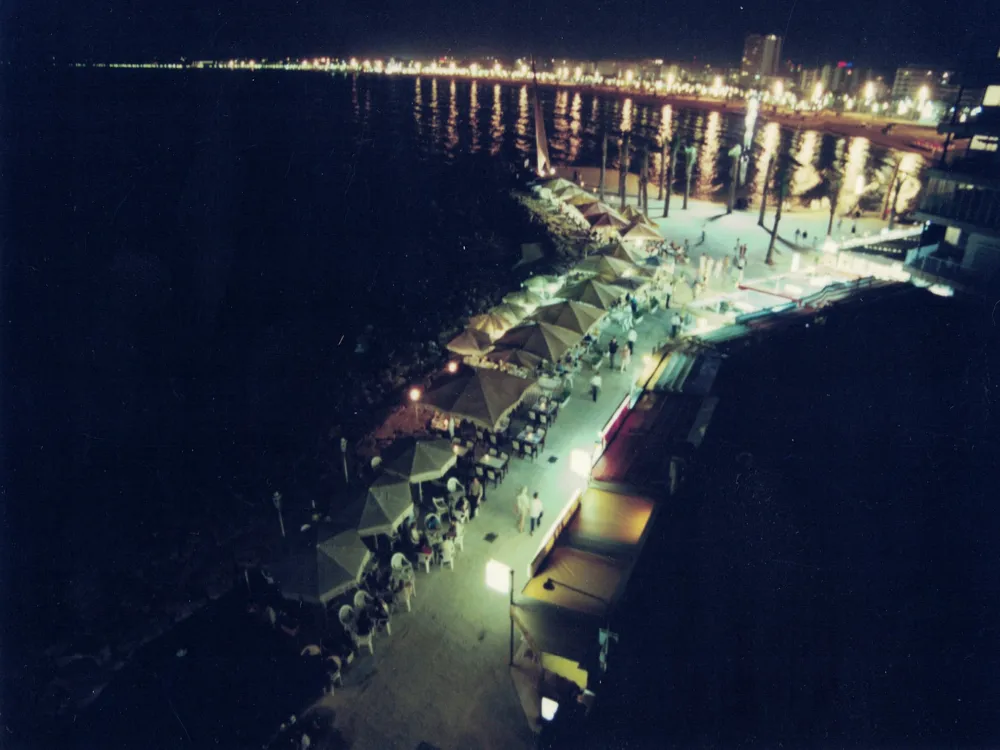
The Grand Canal of Venice is a significant waterway cutting a 3.8 km S shape through Venice. Ferrying through the channel against the backdrop of azure skies with pretty buildings on either side makes for some genuinely picturesque moments.
The canal connects various city attractions and is also an attraction in itself. Many flamboyant gondolas and vaporetti are seen traversing this water channel. Many important monuments can be seen while cruising along its peaceful waters. You will get to see many front restaurants, museums, churches, and overarching bridges on your way. When visiting Venice, it is impossible to miss the Grand Canal, which takes up a large portion of the city's landscape.
Read More
Lido Di Venezia
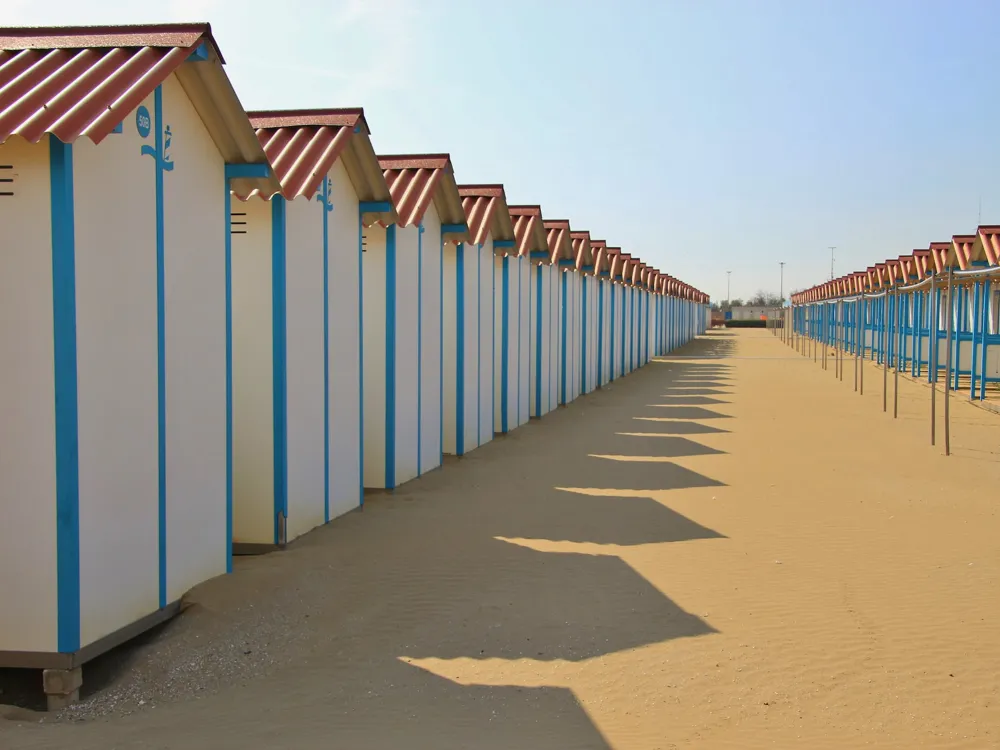
A small island to the east of Venice, the Lido Di Venezia is very close to the city. Very popular among tourists, this island is the perfect summer getaway with its resplendent beaches and seaside resorts. If you plan a summer stay in Lido, there are many activities and casinos here too.
The island also hosts the prestigious Venice Film Festival, which takes place between the end of August and the beginning of September. The island is narrow and 11 km in length. The island enjoys quietude compared to the rest of Venice. Apart from the beaches, you can also visit historical sites like the Church of San Nicolo al Lido, Tempio Votivo, the Ancient Jewish Cemetery and the Armenian Monastery, where you will find the poet Byron’s Study Room. Malamocco is a scenic town connected by a series of bridges to Lido. Here, you can visit the Church of Santa Maria Assunta, Ponte Borgo (the oldest bridge), and Palazzo del Podestà, inside which is the Malamocco Museum. You can also take a guided bike tour which will take you through the Jewish Cemetery, Malamocco and some of the various villas and beaches of Lido. The best way to reach this island is via a water bus.
Read More
Museo Correr
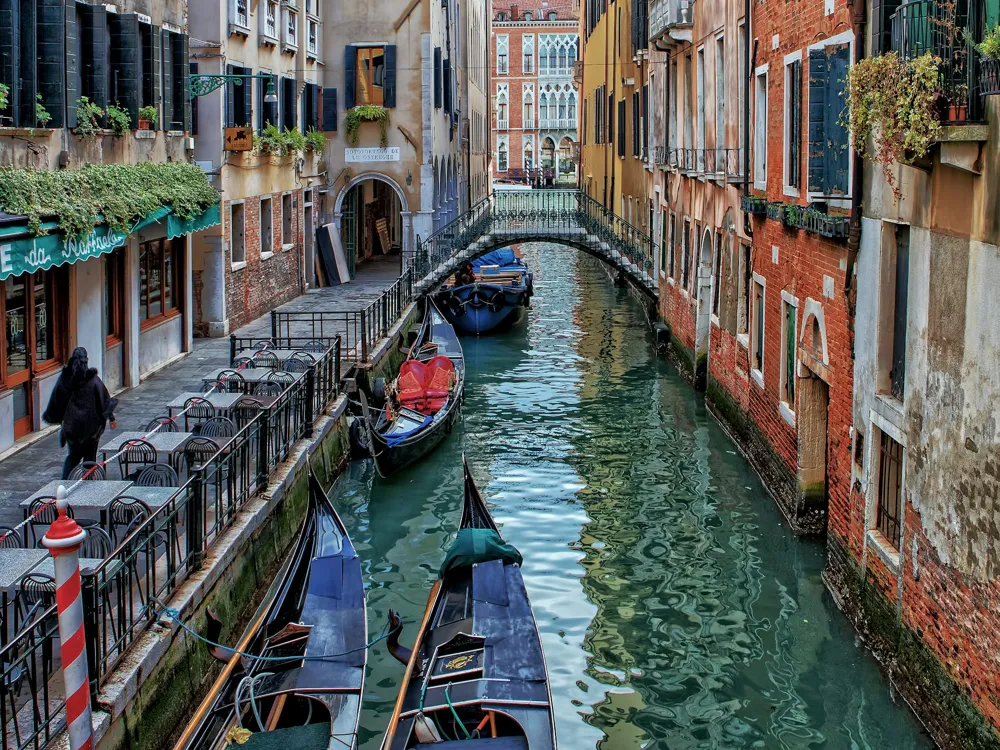
The Museo Correr is a museum in St. Mark Square in San Marco, Venice. From rooms housing sculptures to the Picture Gallery, you will find splendid artwork by the likes of Antonio Canova, Carpaccio and Lorenzo Veneziano.
There are many aspects of Venice covered in this museum, including its unification with Italy in the 19th century and the ancient life of the Venetians. This treasure trove of Venetian history was donated by Teodoro Correr in 1830 to the city. He was a passionate art collector. Many other important Venetian families have also donated meaningful artwork to this museum. The Neoclassical rooms in the museum contain sculptures by Canova. The Napolean wing is where Venetian Republic’s emperor used to reside. The Imperial Apartments of the Royal Palace portray the life of an empress. Architect Vincenzo Scamozzi’s “Procuratie Nuove” offer a view into the daily life of ancient Venice. It also has a café with a charming ambience. Museo Correr is connected to the National Archaeological Museum of Venezia and the Marciana National Library.
Read More
Museum of Naval History
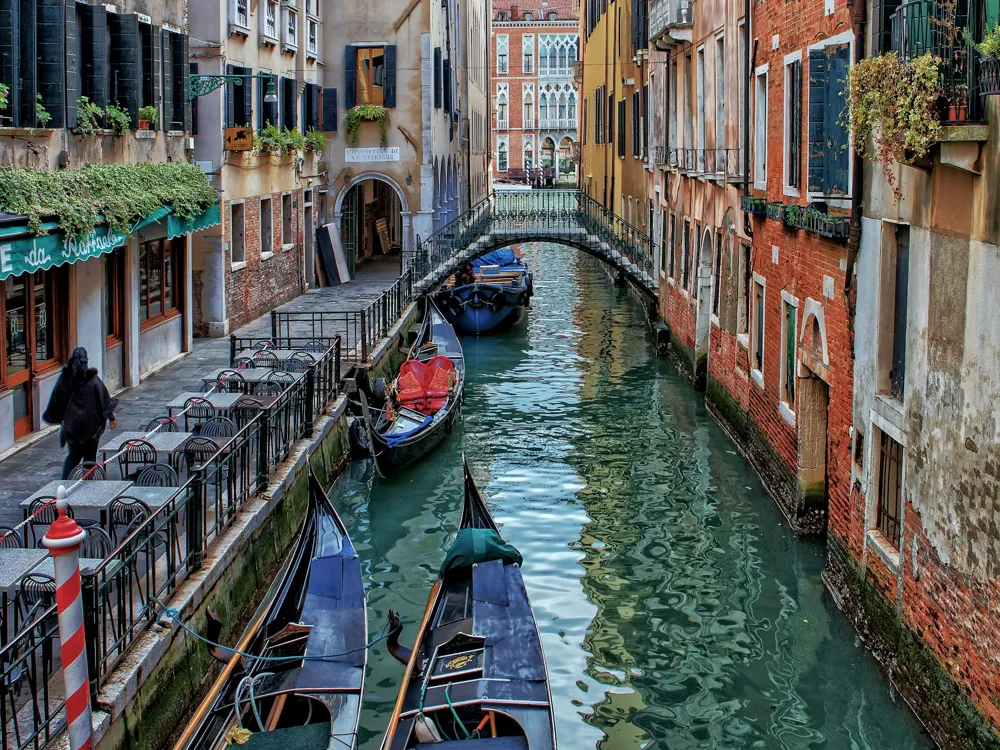
The Museum of Naval History is situated near the Venetian Arsenal in the Castello district. It has many maritime artefacts from the time when Venice had an esteemed naval force. Most notable here is the Bucintro, which has a majestic appearance, is covered in gold, and was the Doge's ceremonial vessel.
These include boats, ships, guns and artillery. The museum was founded after the end of World War 1 in 1919. It was established inside an old granary. Many ship models constructed during the French and Austrian occupation of Venice from 1797 to 1866 are housed inside the museum. In the Museum's Ship Pavilion, examples of Venetian boats are displayed, including ceremonial gondolas, working lagoon boats, and military ships.
Read More
Peggy Guggenheim Collection
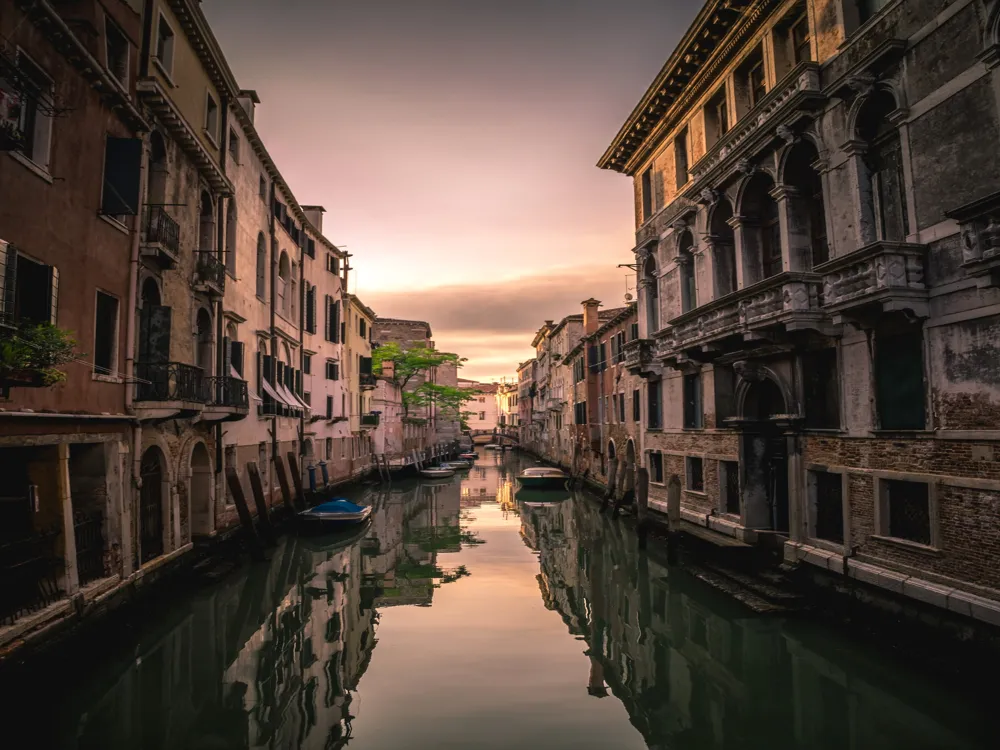
The Peggy Guggenheim Collection, one of four Guggenheim museums, is located on the Grand Canal in Dorsoduro, Venice. A collection of modern art by the greats like Jackson Pollock and Piccasso and acquired by Peggy Guggenheim is on display here.
In addition to the main house, there’s also a lovely sculpture garden. The art in this museum depicts themes like Cubism, Futurism, and Surrealism, which staunchly encapsulate the spirit of modern art. Along with the Pollocks, Brancusis and Kandunskis, you will also find works by lesser-known artists here. Whether you are an art connoisseur or not, you will enjoy visiting this museum.
Read More
Venice Travel Packages
View All Travel Packages Venice
Nearby Places Venice
Browse Package Collections
Browse Hotel Collections







